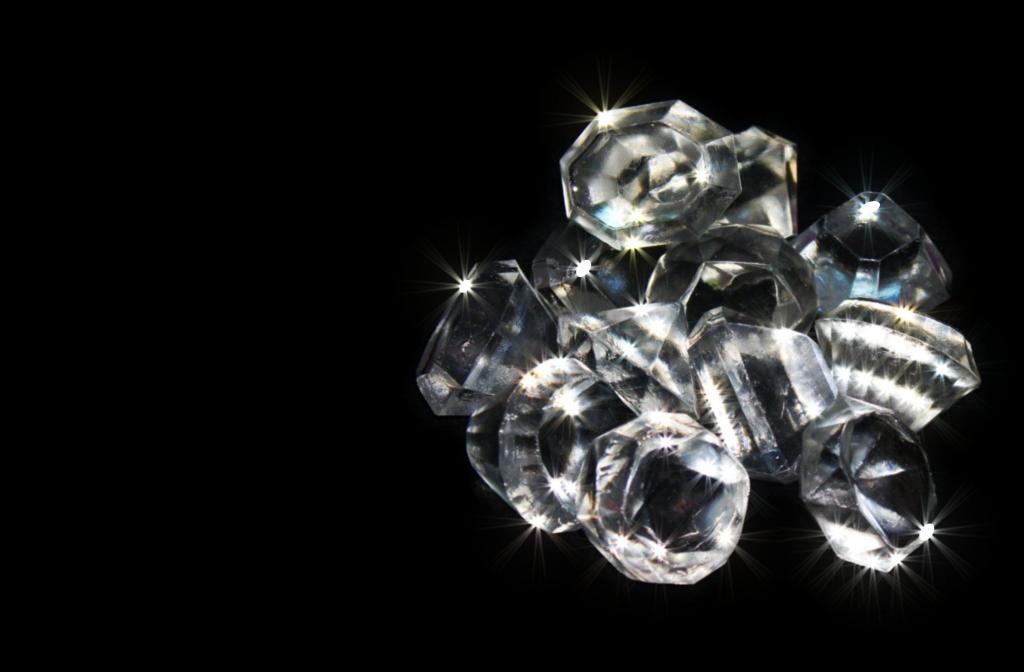Memorial diamonds are 'natural' diamonds equivalent to gemstones extracted from nature but instead produced in laboratories. They are pressed into diamonds with carbon sourced from cremation ashes or other symbolically valued objects. Calvão and Bell's article threads the transformation from ashes to the 'afterlife' of 'living' objects that are both synthetic and organic at the same time.
What distinguishes a synthetic diamond from one found in nature? And how do artificially grown, though 'naturally real' carbon-based diamonds, gain value as memorialized representations of the deceased?
Based on research with leading companies of the memorial diamond business in Switzerland and the United States, the article aims to unpack these intricate questions.
The article suggests that scholars of extractivism must even go beyond the intermingled fields of finance, logistics, infrastructures, or urbanization, to also account for the alchemised and cultural and symbolic terrain of extractivism and production.
The connection of diamonds to the human body can offer "a window into the transmutations between nature and the artificial, memory and material likeness, life and death".


